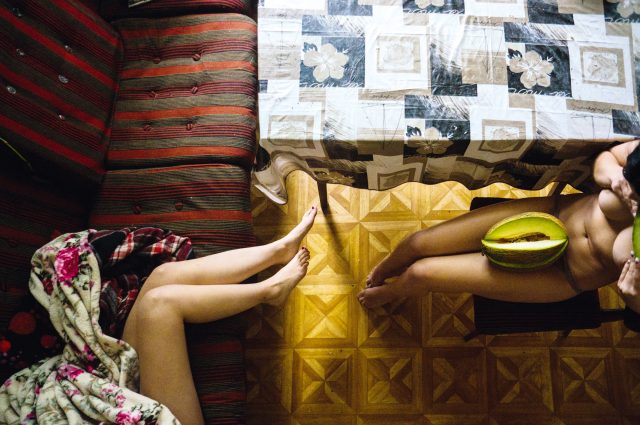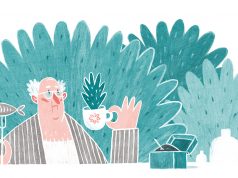The lavishly illustrated volume “Ukrainian Erotic Photography” deals frankly with sexuality in contemporary Ukraine. The book has created a wave of excitement and has created new debates within contemporary Ukrainian culture.
There may not have been any sex in the Soviet Union, but there definitely is in today’s Ukraine. After the collapse of the prudish communist regime, the Ukrainian nation is slowly but surely ridding itself of its past hang-ups and complexes.
“Ukrainian Erotic Photography”, a new, diverse and vivid book of photos, is definitely proof that the times are changing. At 191 pages in length and filled with over 100 images — which are sometimes quite graphic — the book will surely shock, open minds and spark discussions.
That is very much the point, explains the art critic Viktoria Myronenko, who is one of the book’s authors. Unlike many societies that have long taken artistic freedom for granted, in Ukraine nude photography has a very different meaning. “Eroticization was not only the first sign of absolute freedom in Ukrainian photography but also a singular banner of inner protest”, Myronenko writes in a critical essay included in the book. “The context [of Ukrainian nude photography] differed from that of the Western experience, and so did the postmodern aesthetic that emerged out of Soviet material”.
Myronenko argues that this is exactly what makes Ukrainian erotica stand out. Yet despite progress having been made in the genre, she readily admits that there is a lot of work still left to be done. Ukrainian erotic photography still “mostly avoids gender issues” and “approaches queer culture only haltingly”.
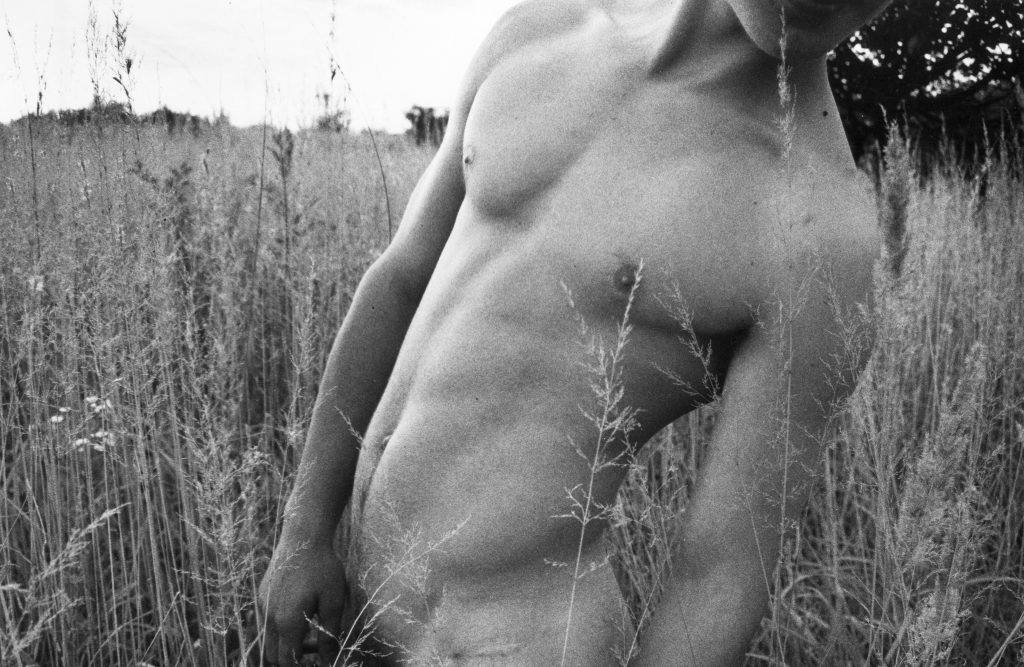
From War to Erotica
The idea for “Ukrainian Erotic Photography” was born in 2014, while the Osnovy Publishing house had been working on a previous book, “WAR. Journalism From The Front Line”.
“This was our way to rest”, Viktor Marushchenko, one of the authors of the book told The Odessa Review. “So after “doing war”, we decided to have some erotica”.
A renowned Ukrainian photographer and the founder of a respected photography school, Marushchenko thinks that creating such a book falls short of a revolutionary act. Still, he believes, it was something that needed to happen. “It’s the first book of this kind [in Ukraine]… But you can see erotic books published around the world. Different ones, with different ideas behind them”, he says.
While it may not be obvious from the book’s cover, which would readily fit a niche erotic magazine, “Ukrainian Erotic Photography” offers more than just “beautiful naked bodies” to its audience. It also pushes social boundaries.
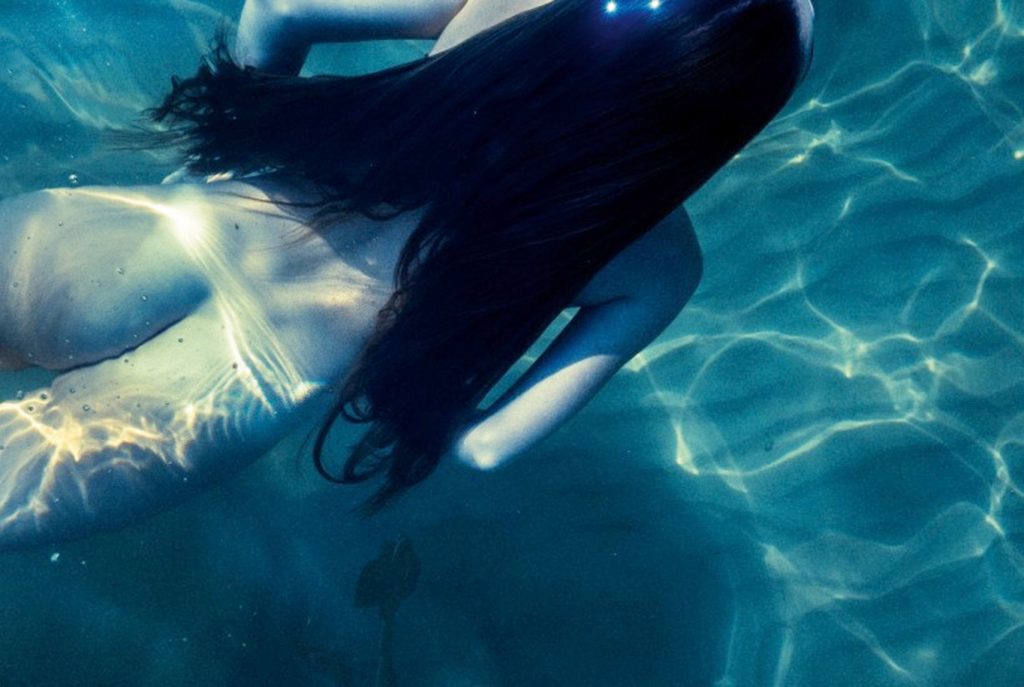
One of the 21 photographic artists featured in the book is 22-year-old feminist photographer Maia Iva, who dedicated her series to the love between two females, one of whom she depicts herself. Stepping away from the overplayed male gaze common in lesbian erotica, she stresses that she uses bodies “not as objects but as instruments”.
Iva called the series “I am not a man, I am not a woman” to blur the importance of gender roles, which she sees as still being a deeply important part of the Ukrainian mentality. “Lips have no gender, kisses have no gender, sex has no gender”, she writes.
Another photographer featured in the book is Alex Kiyaschenko, is well known for his work with LGBT communities. His protagonists include gay and transgender individuals who try to find a “place for themselves in contemporary Ukrainian reality”. His “Two Rooms” series tells the story of “a lonely gay man photographed in his day-to-day life, sometimes alone, sometimes with casual partners”, Myronenko writes in the book.
Breaking the Standard
In creating “Ukrainian Erotic Photography”, the authors aimed to escape the standard outlook on erotica — what Marushchenko calls “glossiness”.
“The idea was to show not a commercial, glossy kind of erotica, but a more real, natural one”, Marushchenko says. “Everyone shoots private, home erotica and that’s what we wanted to show, the non-fake erotica”.

But finding authentic erotica proved to be a difficult task. After Marushchenko published a Facebook post announcing the search for photographers, he and his colleagues mostly received ordinary and uninteresting erotic photos.
“We received a few responses, but they were not someone we wanted to take on”, he says. “[They were] people used to shooting erotica and who do it in a very commercialized way”.
“There were some things that we thought looked okay, but then, later, we realized they’re not good enough for us. So some people were upset that we didn’t use their photographs”, he adds.
Changing Times
Marushchenko believes that conventional standards of beauty, do not interest people anymore. He believes it is important to escape those traditional and even clichéd points of view. Beauty, he says, “is a tiny part of art”. But because magazine covers usually feature beautiful models, he believes that erotica also maintains fixated on mainstream understandings of beauty.
“We can’t just pretend that everything is beautiful, and all people in Ukraine are ‘beautiful’ and that the same photographs can be used on adverts for leggings”, Marushchenko says. “We discuss life through erotica, so imperfections and social commentary need to be present”.
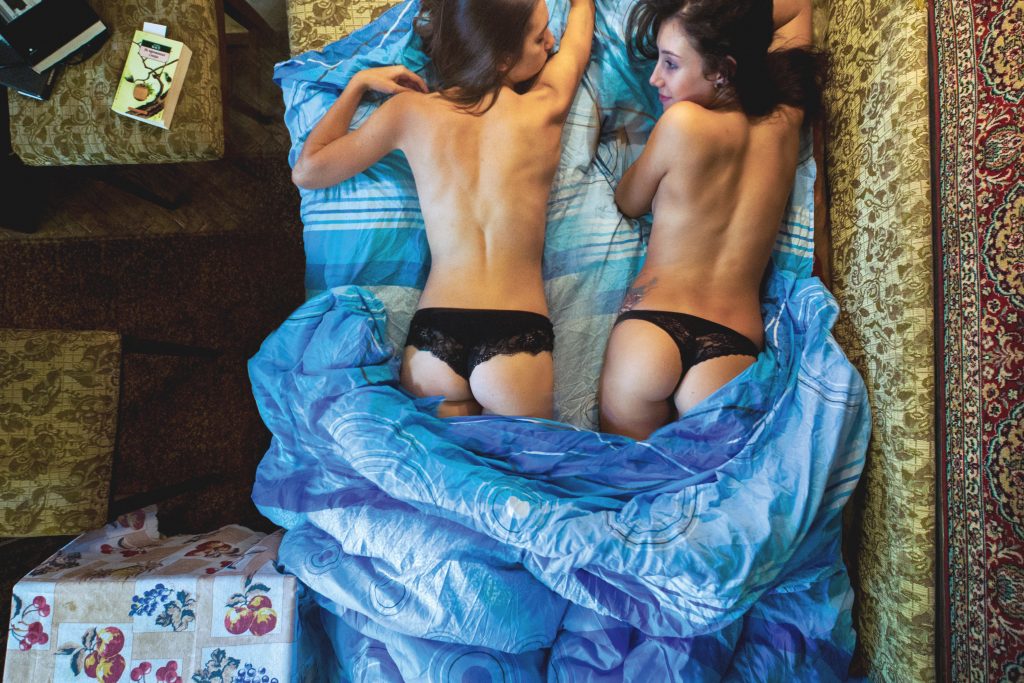
So far, “Ukrainian Erotic Photography” has proven to be a major hit. The volume’s limited print run of just one thousand copies has nearly sold old, and the book has sparked interest thousands of miles from Ukraine. Orders have flooded in from countries around the world.
Despite this, Marushchenko wonders how long interest will last — and how history will judge his book. “I don’t know how it will pan out in a hundred years”, he reflects. “What will people say? Will they laugh at it? Will it still be relevant?”
Maria Romanenko works for Hromadske International.




























